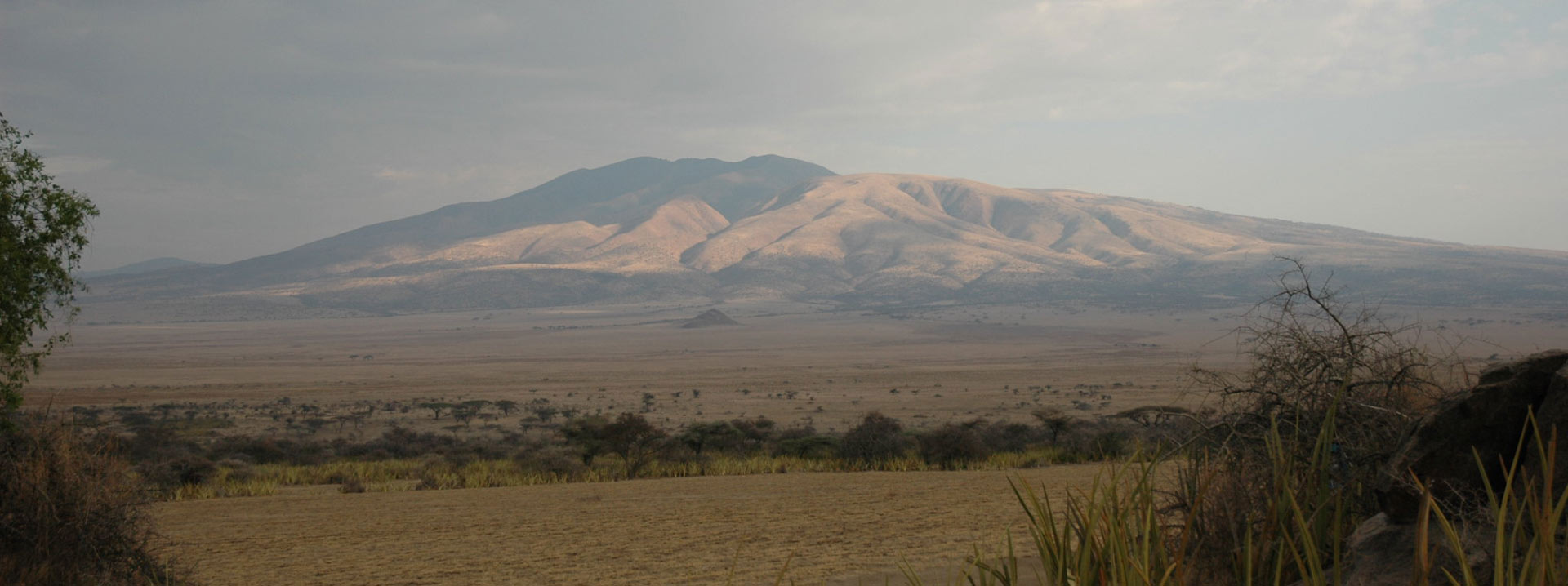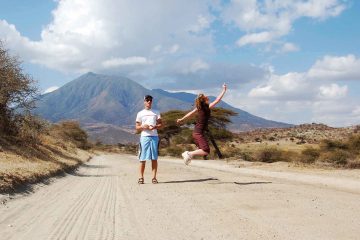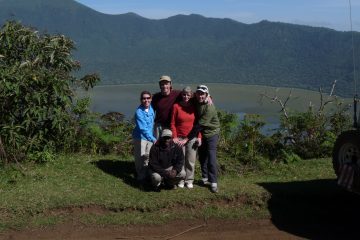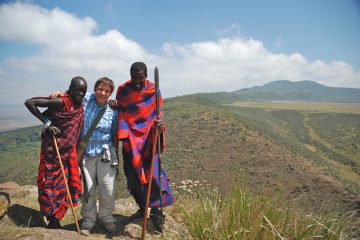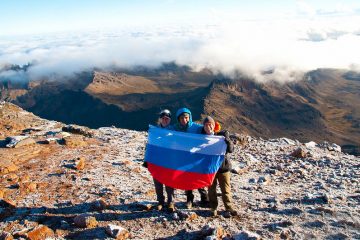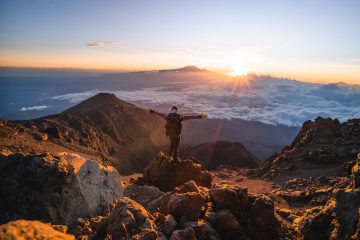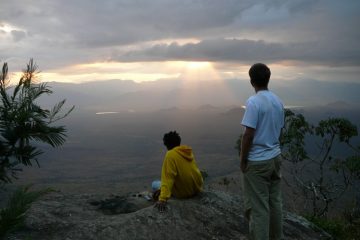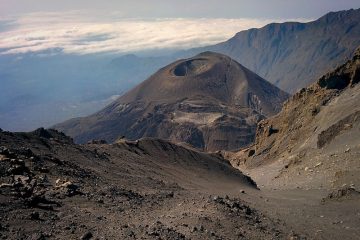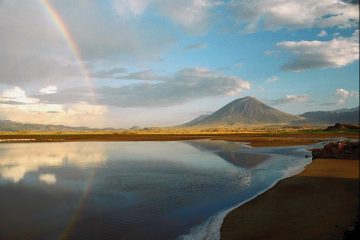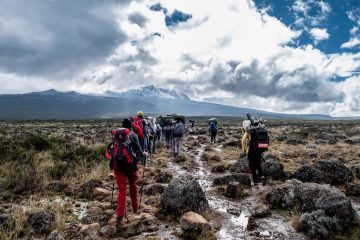The Gol Mountains rise from the wide short-grass plains to a height of 915 meters near the remote northern edge of the Ngorongoro Conservation Area.
The mountains are a series of ridges that scientists characterize as among of the area’s oldest geological structures, having developed millions of years before Ngorongoro Crater.
Thousands of herbivores live in the Gol Mountains’ surrounds during the rainy season, which runs from March to early June, while the foliage turns dusty brown during the dry months.
There are no traces other than those left by wildlife and traditional herders in certain regions that are far from “well-traveled.”
That spot is the isolated and infrequently visited Gol Mountains region, northwest of Ngorongoro but still inside the Ngorongoro Conservation Area. The Maasai people live in one of Tanzania’s most traditional areas.
The region is well renowned for its vast wildebeest migration, which takes place all year. It is also the most fertile lion and cheetah habitat in Africa.
The region is also known for being a bastion for wild dogs, and also features a variety of aesthetic wonders, such as the spectacular Nasera Rock.
The Serengeti is worth seeing at any time of year, but it’s best done as part of a longer overland safari through the region, where you’ll normally stay in two or three distinct sub-areas.

